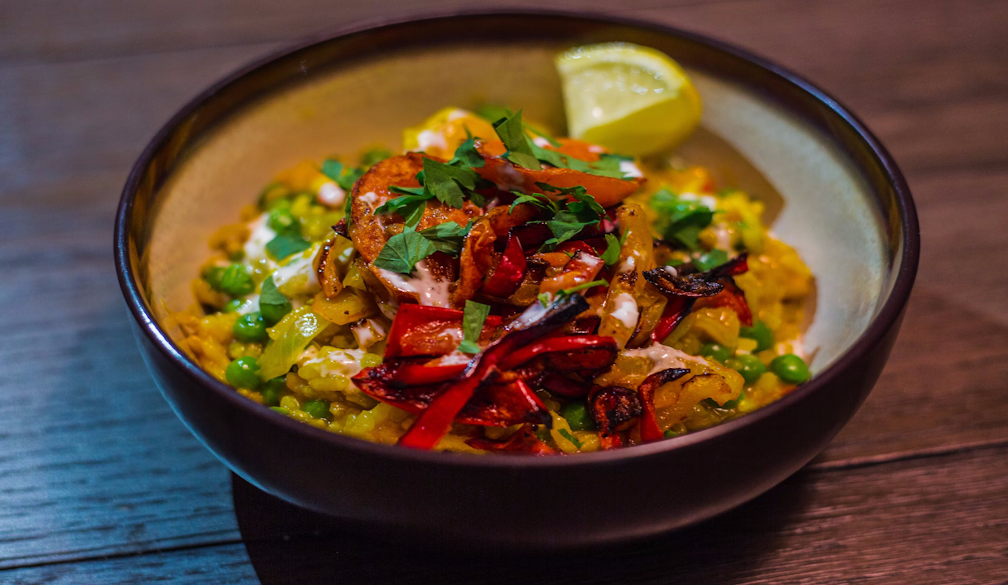Spices, Stories & Celebrations: The Nepalese Food Journey in Melbourne

Melbourne’s a city that thrives on good food and great culture, and Nepalese cuisine is one of the many hidden gems woven into its multicultural fabric. But the story of Nepalese food here goes beyond your local restaurant. It lives in family kitchens, weekend markets, and big, joyful celebrations. It’s a tale of spice, culture, and community—brought here by Nepalese families and kept alive by everyday cooking, shared stories, and festive gatherings.
Let’s take a look at how Nepalese food is making its mark in Melbourne—not just on menus, but in hearts and homes.
From the Himalayas to the Suburbs
When Nepalese migrants moved to Australia, they brought their traditions, languages, and of course, their food. What started in the mountains of Nepal has found a new home in places like Dandenong, Craigieburn, and Werribee. Families still make classic dishes like dal bhat, gundruk, and momo at home, passing recipes down through generations.
Local South Asian grocers across Melbourne now stock all the essential ingredients—so whether it’s mustard oil, pickling spices, or dried chillies, it’s easy to keep the flavours of home alive. Many second-generation Nepalese Aussies might not speak fluent Nepali, but they sure know how to cook their mum’s tarkari or fold a tray of momos with ease.
Spice Boxes & Stories
Every Nepalese kitchen has one thing in common: the masala box—a round tin filled with spices like turmeric, cumin, coriander, fenugreek, and the iconic timur (a kind of Nepalese pepper that gives a zingy, citrusy kick).
These spices aren’t just for flavour—they carry memories and tradition. Many families have stories about grandparents grinding spices from scratch, or backyard veggie patches full of leafy greens for pickling. Cooking becomes more than a daily chore—it’s a way of staying connected to culture and to each other.
And with Melbourne’s diverse pantry at their fingertips, home cooks are blending the old with the new. You might see Aussie lamb used in a traditional choila dish, or someone substituting ghee with olive oil for a healthier twist. It’s food that evolves, but never loses its soul — much like the creative fusion dishes you’ll find at a modern Nepalese restaurant in the heart of Melbourne.
Food Brings People Together
In the Nepalese community, food isn’t just about eating—it’s about celebrating. Events like Dashain, Tihar, and Teej aren’t complete without a massive home-cooked spread. Think fried snacks, rich curries, sweet breads, and spicy pickles, all shared between family, friends, and neighbours.
You’ll often find these gatherings happening in community halls, parks, or even in someone’s backyard. It’s loud, colourful, and full of laughter—and the food plays a starring role. People of all backgrounds are usually welcome to join in, making it a great way to share culture and connect with others in the local area.
Teaching, Sharing, and Getting Involved
Nepalese Aussies are also sharing their food knowledge through cooking classes and cultural workshops, especially in areas like Footscray and Glenroy. These aren’t just “how-to” cooking lessons—they’re mini deep-dives into Nepalese culture. You’ll learn how to fold momos, make achar (pickles), and even hear stories about how these dishes are made back in Nepal.
At community markets and events, you’ll often spot stalls selling homemade snacks, sauces, and sweets. It’s a great way to taste something new while supporting local families and keeping traditional cooking alive.
The Next Gen: Food Meets Social Media
Younger Nepalese Australians are giving their food culture a fresh spin. Many are taking to platforms like Instagram, TikTok, and YouTube to share recipes, food hacks, and cooking videos—sometimes in Nepali, sometimes in English, and often a mix of both.
It’s not just about food—it’s about identity. Through content creation, uni food events, or volunteer cooking sessions, they’re proudly flying the flag for Nepalese culture while making it relatable to a new Aussie audience.
Nepalese Food in Aussie Schools and Community Events
In recent years, Nepalese food has also found its way into local schools and community programs across Melbourne. During Harmony Day, Multicultural Week, or food fairs, Nepalese students and parents proudly share their traditional dishes with classmates and teachers. Momo platters, sel roti, and sweet treats like lal mohan are often crowd favourites—offering a delicious way to spark cultural conversations.
Some schools now even invite parents to do food demos or presentations about Nepal, turning lunch breaks into mini cultural experiences. Through this, more kids from different backgrounds get a taste of Nepalese food—and the stories behind them.
Likewise, council-run community festivals often feature Nepalese cultural performances alongside food stalls, helping the broader Aussie public experience the rich traditions of Nepal, one plate at a time. These grassroots events help bring communities closer and break down cultural barriers through something we all love: food.
Final Thoughts: More Than Just a Meal
The Nepalese food journey in Melbourne is more than just tasty curries and dumplings—it’s a celebration of heritage, storytelling, and community. It’s in the homes where grandmothers teach grandkids how to cook. It’s in the suburbs where friends gather for Tihar feasts. And it’s in every bite of sel roti made with love and shared with neighbours.
In a city that celebrates food like Melbourne does, Nepalese cuisine fits right in—bringing a little piece of the Himalayas to the Aussie table.
















